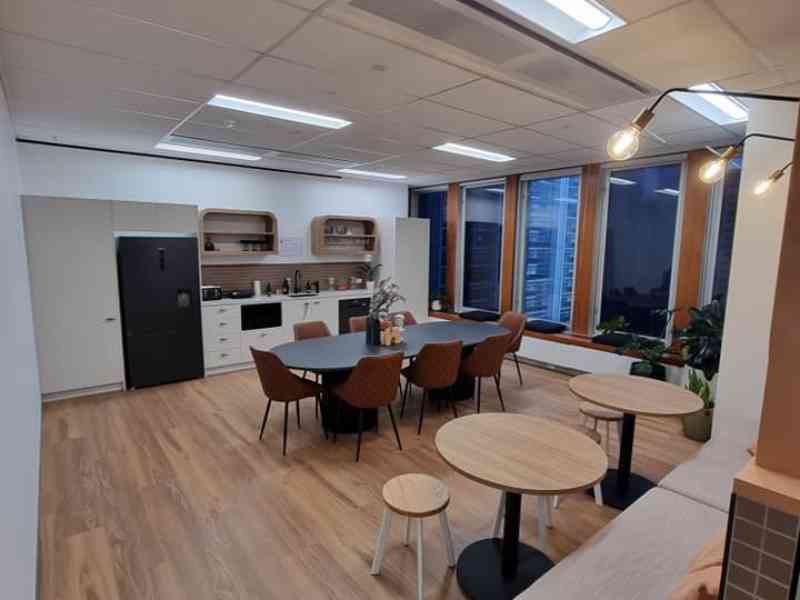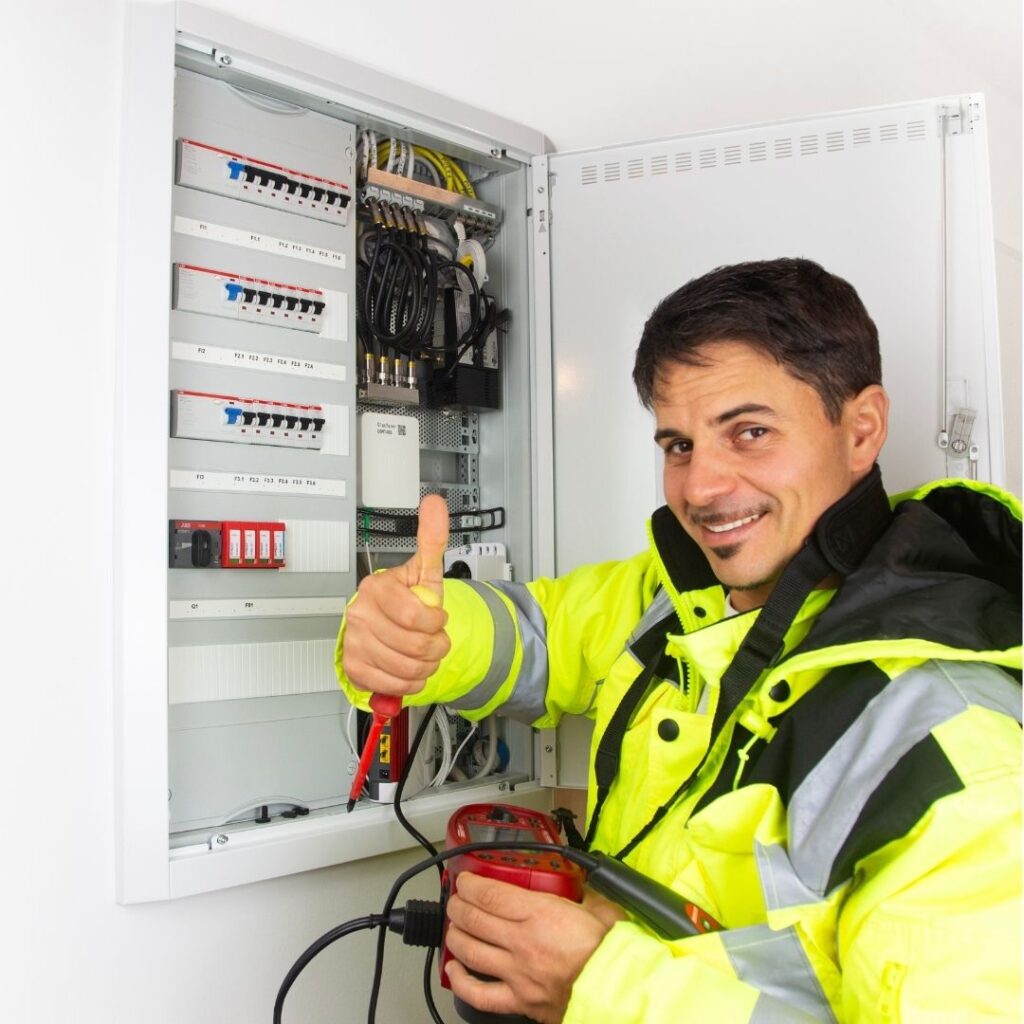In today’s world where energy costs continue to rise and environmental concerns grow more pressing, finding ways to conserve electricity tips that actually work has become essential for every household. This comprehensive guide will walk you through practical, effective methods to reduce your energy consumption without sacrificing comfort or convenience. By implementing these strategies, you’ll not only see significant savings on your power bills but also contribute to a more sustainable future.

Understanding Your Home’s Energy Consumption
Before diving into specific tips, it’s important to understand where and how your home uses energy. The average household consumes electricity across several key areas: heating and cooling (40-50%), water heating (15-20%), lighting (10-15%), and appliances/electronics (15-20%). By focusing on these major consumption areas, you can make the most impactful changes to your energy usage patterns.
One valuable tool for monitoring your home’s electrical health is a Home Circuit Tester, which can help identify potential energy drains in your electrical system. For more complex electrical issues, consulting with an Electrician Sydney NSW professional can provide insights into your home’s specific energy profile.
Heating and Cooling Efficiency Strategies
Your HVAC system typically represents the largest portion of your energy bill, making it the most important area to address when looking to conserve electricity. Start by ensuring your heating and cooling systems receive regular professional maintenance. A well-tuned system operates more efficiently, using less energy to maintain comfortable temperatures.
Proper insulation is another critical factor in reducing energy waste. Check your home’s insulation in attics, walls, and around doors and windows. Even small gaps can lead to significant energy loss, forcing your HVAC system to work harder. For commercial properties, Commercial Electrician Services can assess and improve your building’s energy efficiency on a larger scale.
Lighting Solutions That Save Energy
Lighting accounts for a substantial portion of household electricity use, but it’s also one of the easiest areas to improve. Replace all incandescent bulbs with LED alternatives, which use up to 90% less energy and last significantly longer. Take advantage of natural light whenever possible by opening curtains during daylight hours.
Consider installing motion sensors or timers for outdoor lighting and in low-traffic indoor areas. These simple devices ensure lights are only on when needed. For more advanced lighting control systems, particularly in commercial settings, Structured Cabling infrastructure can support sophisticated energy-saving lighting solutions.

Appliance and Electronics Efficiency
Modern homes are filled with appliances and electronics that constantly draw power, even when not in active use. Unplug devices when not in use or use smart power strips that cut power to devices in standby mode. When purchasing new appliances, always look for energy-efficient models with high Energy Star ratings.
Refrigerators and freezers are particularly energy-intensive appliances. Ensure they’re operating efficiently by maintaining proper temperature settings (3-5°C for refrigerators, -15 to -18°C for freezers) and keeping coils clean. For industrial settings, Industrial Electrician Services can help optimize large-scale refrigeration and cooling systems for maximum efficiency.
Water Heating Conservation Methods
Water heating is another major energy consumer in most households. Lower your water heater temperature to 60°C (140°F) – hot enough for household needs while reducing energy waste. Insulate your water heater and hot water pipes to prevent heat loss as water travels through your home.
Consider installing low-flow showerheads and faucet aerators, which can significantly reduce hot water usage without sacrificing water pressure. For homes with electric water heaters, timing showers and laundry for off-peak hours can also help manage energy costs. If you suspect electrical issues with your water heating system, our guide on Diagnosing Electrical Problems can help identify potential problems.
Behavioral Changes for Maximum Savings
While technology and equipment upgrades are important, simple behavioral changes can also lead to significant energy savings. Get in the habit of turning off lights when leaving rooms, washing clothes in cold water when possible, and air-drying dishes instead of using your dishwasher’s heat dry setting.
Involve your entire household in energy conservation efforts. Children can learn to be mindful of energy use, and the whole family can participate in challenges to reduce consumption. For comprehensive electrical safety while implementing these changes, consult the experts at Lightspeed Electricals.

Long-Term Investments for Energy Efficiency
For homeowners willing to make larger investments, several options provide excellent long-term energy savings. Solar panel installations can significantly reduce or even eliminate your electricity bills while increasing your property value. Energy-efficient windows and doors improve insulation and reduce strain on your HVAC system.
Smart home technology, including programmable thermostats and energy monitoring systems, helps optimize your energy use automatically. These systems provide valuable data about your consumption patterns, allowing you to make informed decisions about where to focus your conservation efforts.
Monitoring and Maintaining Your Progress
Implementing conserve electricity tips is just the beginning. Regular monitoring of your energy bills will show you which strategies are most effective for your household. Many utility companies now provide detailed usage breakdowns that can help you track your progress.
Consider conducting an annual energy audit of your home to identify new areas for improvement. As technology advances and your family’s needs change, there will always be new opportunities to enhance your home’s energy efficiency. For professional assistance with your home’s electrical systems, refer to our comprehensive guide on Wiring In electrical installations.
By consistently applying these strategies, you’ll create a home that’s not only more energy-efficient but also more comfortable and cost-effective to maintain. The journey to lower energy bills and reduced environmental impact begins with small, conscious changes that add up to significant results over time.


